Hope in action: My son’s porphyria advocacy makes me proud
A summer internship is eye-opening for this columnist and her son
Written by |
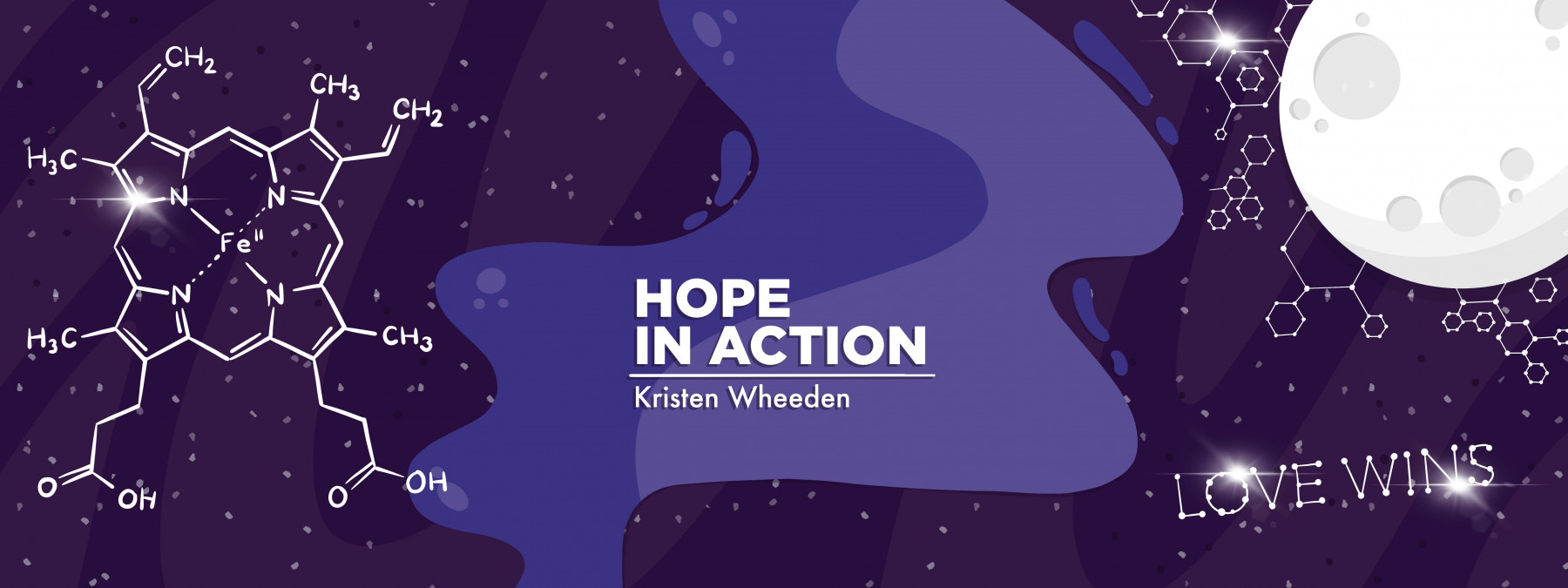
There’s a certain magic in watching our children transform as they gain experience and grow older. At 3 years old, my youngest son, Brady, was diagnosed with porphyria. His disease causes debilitating pain when he’s exposed to the sun, which significantly affects his quality of life. This drove me to my work in advocacy and inspires my efforts to support him and everyone else living with porphyria.
Fast forward to this summer, and Brady is not only my brave son battling the sun — he’s also an intern at the United Porphyrias Association (UPA), an organization I lead. He’s diving headfirst into advocacy. Watching him transition from patient to advocate has been eye-opening, heartwarming, and a little surreal.
Back in 2009, when we first heard the words “erythropoietic protoporphyria” (EPP), it felt like a gut punch. I became a research machine, diving into the deep, dark hole of porphyria and rare diseases. While doing that, I created a binder to keep stuff in. The closest one to me was probably orange, so it’s been known ever since as “Brady’s orange binder.”
It’s packed with every detail about his condition that we encountered: his diagnosis, lab results, doctor contacts, you name it. The front cover simply displays his name and the name of his disease, while the back one showcases a masterpiece he created in the second grade. A simple drawing shows Brady lounging in the sun with the word “hope” boldly written above him. His teacher’s comment, “Hope is a wonderful thing,” became our mantra.
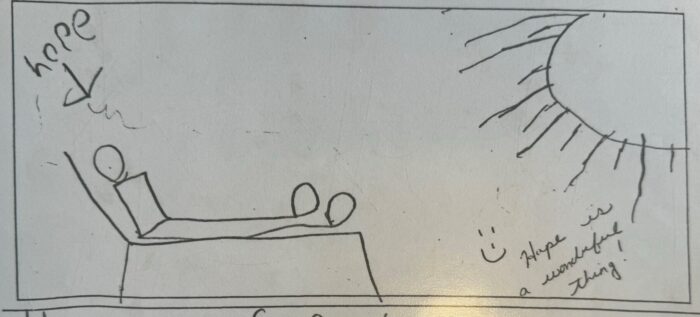
The back cover of “Brady’s orange binder.” (Photo by Kristen Wheeden)
Full circle
We had a particularly poignant moment earlier this summer when Brady rediscovered his orange binder. Mind you, he knew it was there and that I had kept it, but it resonated more deeply with him after he began his internship. He spent an hour paging through each item, looking at his lab results and protoporphyrin levels over the years. There were printouts of old text exchanges I had with doctors and fellow moms, applications to Camp Sundown and Camp Discovery, and photos.
The pictures in the book prompted me to search for them on my phone. I came across an old video of him writhing in pain. Both of us appeared helpless.
He used to describe the first moments of a porphyria reaction as the “itchies.” In the video, I asked if he wanted me to scratch him, and he said yes. When I reached my hand toward him, he screamed louder, “Noooooo!” His guttural, manic response was shocking. Many years later, I now understand that you do not touch someone who is having a reaction because it makes it worse.
Now 19, Brady was watching his 4-year-old self suffering.
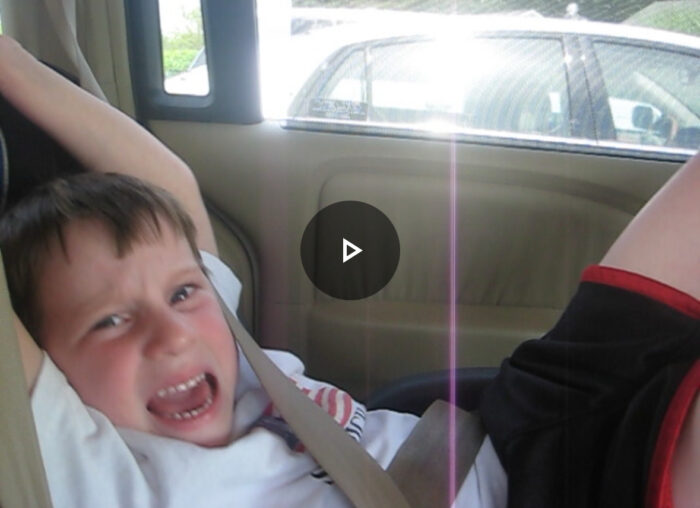
Brady has an EPP reaction at 4 years old. (Screenshot of a video by Kristen Wheeden)
After reading his binder, talking to others, and learning through his internship, Brady remarked to me, “Wow, that must’ve been hard for you.” I hadn’t thought about it that way but found his words oddly soothing.
That same day, in his role at UPA, he held a Zoom meeting with children who have EPP, a group he called “Sun Warriors United.” He did so well! I’ll admit, I listened through the door for a few minutes. Then I texted a fellow mom about her amazing child who was talking about his experience with my son. We bonded over our boys’ experiences. She knew about the isolation that EPP causes. Kids (and adults, too) need these types of connections. Seeing Brady take on this leadership role fills me with pride.
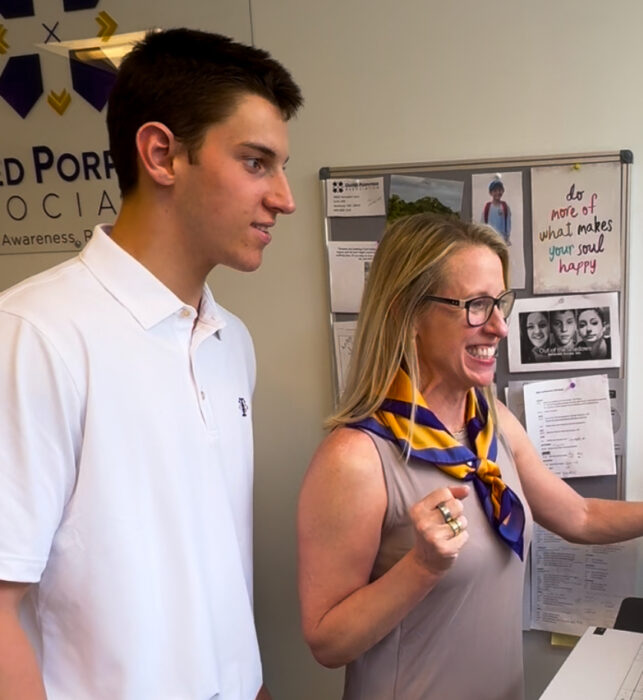
Brady and Kristen Wheeden work on a summer project at the UPA office in Bethesda, Maryland. (Courtesy of Kristen Wheeden)
Our journey has always been about more than just managing a disease. It’s been about building a community, fostering understanding, and driving real change. The phrase “hope is ineffective without action” has been a battle cry, and now, seeing Brady embody this principle in his own work fills me with a renewed sense of purpose.
Brady will head back to college at the end of August, continuing his journey with this disease and figuring out his own path in life. But his summer internship has been eye-opening. It taught him advocacy, the importance of having a good work ethic, and the power of supporting one person at a time.
Brady summed up his experience perfectly when he observed, “This summer showed me how important it is to connect with others who understand what you’re going through. Plus, Mom bought me lunch, so that was a bonus!”
Here’s to all of you who are jumping from shadow to shadow. You aren’t alone. I’m so glad Brady had the opportunity to work beside the UPA team this summer. It was an important part of his growth — and mine, too.
Note: Porphyria News is strictly a news and information website about the disease. It does not provide medical advice, diagnosis, or treatment. This content is not intended to be a substitute for professional medical advice, diagnosis, or treatment. Always seek the advice of your physician or other qualified health provider with any questions you may have regarding a medical condition. Never disregard professional medical advice or delay in seeking it because of something you have read on this website. The opinions expressed in this column are not those of Porphyria News or its parent company, Bionews, and are intended to spark discussion about issues pertaining to porphyria.




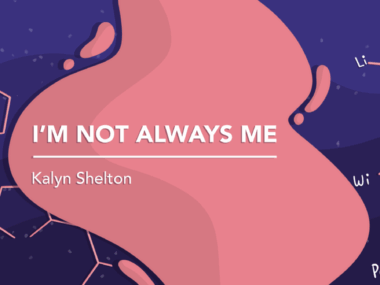
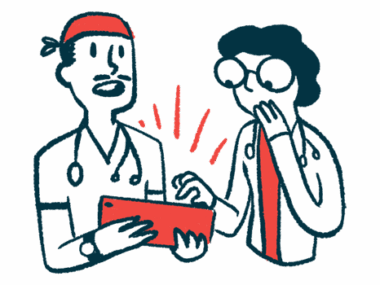
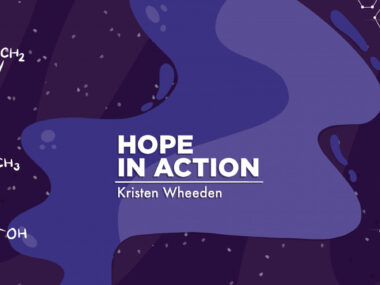
Leave a comment
Fill in the required fields to post. Your email address will not be published.